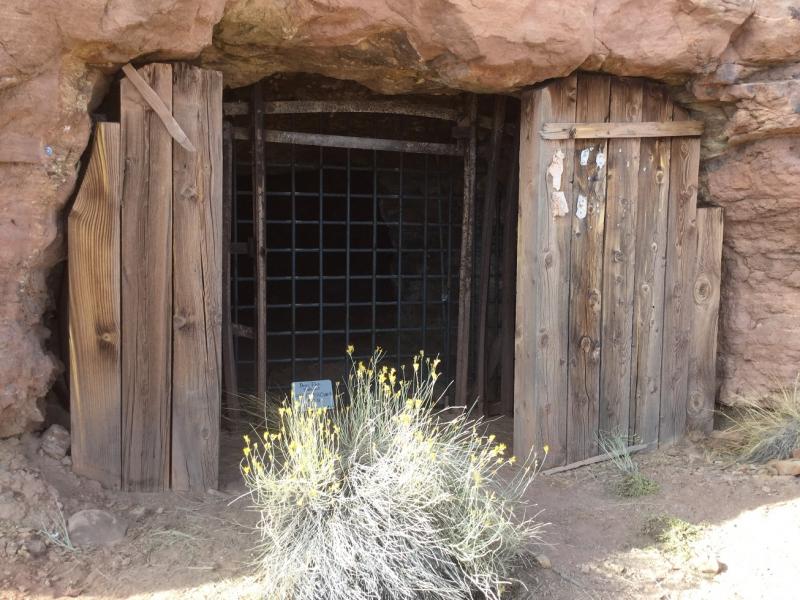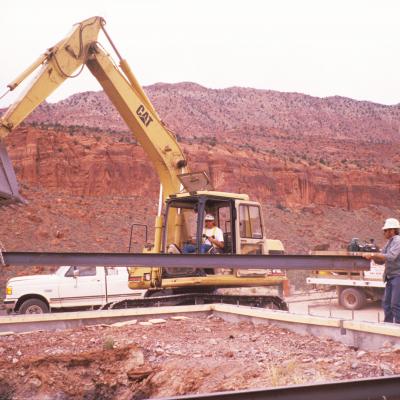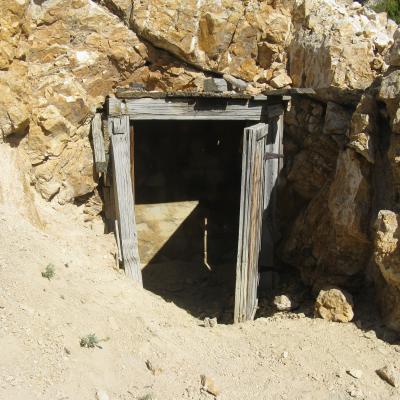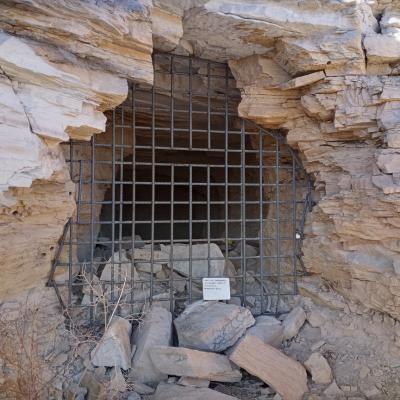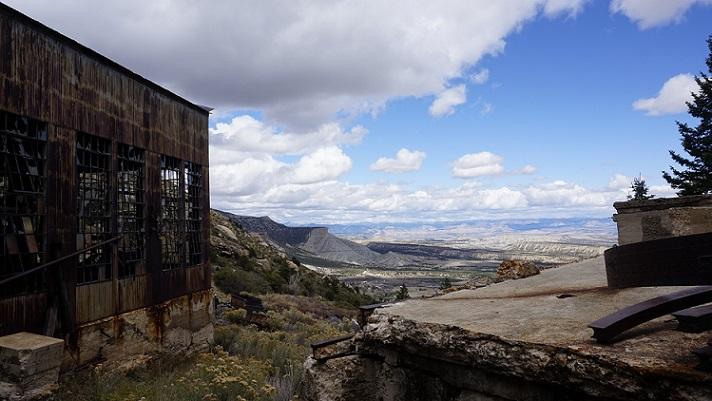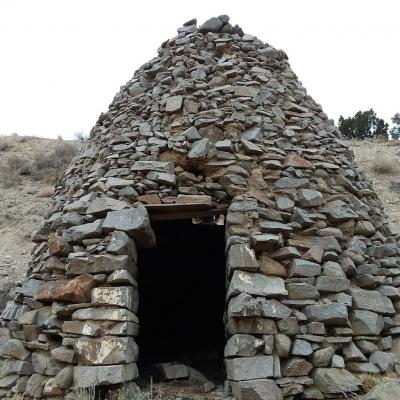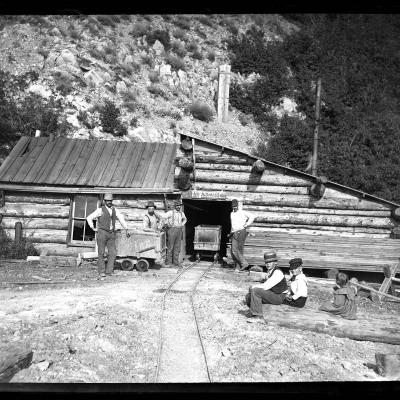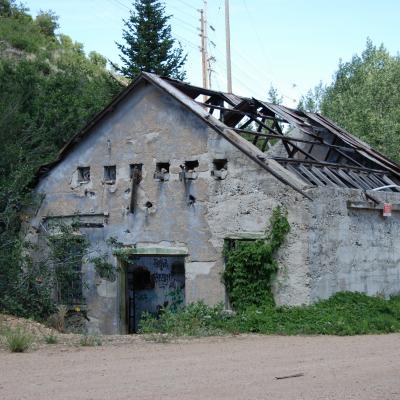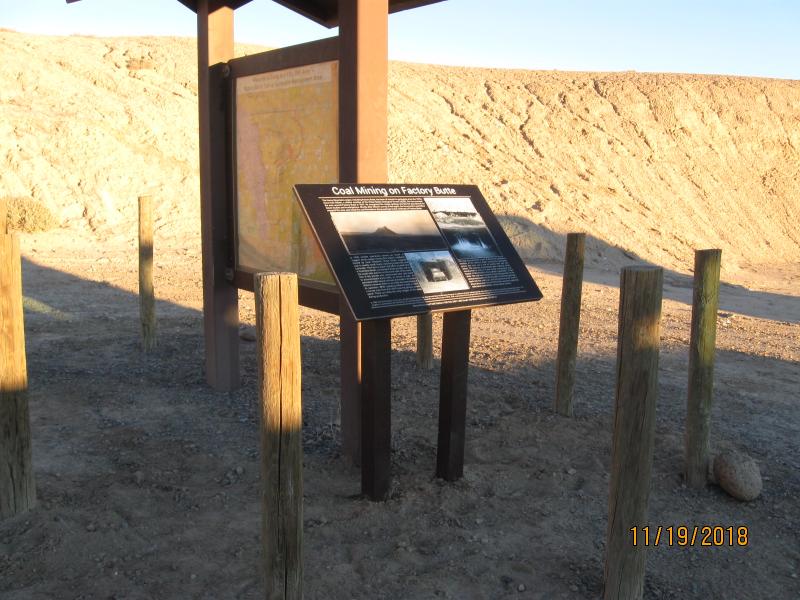Utah Abandoned Mine Reclamation Program Seth Button, State of Utah, Division of Oil, Gas, and Mining
The Utah Abandoned Mine Reclamation Program, part of the Division of Oil, Gas and Mining, protects public health and safety from hazards at abandoned mines and restores lands damaged by past unregulated mining. Before the 1970s, mine operators often walked away from mines that were worked-out or no longer financially viable. As a result, Utah has an estimated 16,000 abandoned mines. These mines can be unsafe for a variety of reasons: people can fall into them or become lost or trapped underground, be injured or killed by rock fall or collapse, lose consciousness in oxygen-poor environments, or encounter flooding, wildlife, and radiological hazards.
The Process of Reclamation
AMRP works with the federal Office of Surface Mining Control and Reclamation, with land-managing agencies such as the Bureau of Land Management and the U.S. Forest Service, and with private landowners to safeguard abandoned coal and hard rock mines. Project funding comes from the Surface Mining Control and Reclamation Act (SMCRA) of 1977, from federal partners, and, in certain cases, from state funds.
Construction contracts for reclamation projects are awarded through a competitive bidding process overseen by the State Division of Purchasing. Additionally, the National Environmental Protection Act (NEPA) requires AMRP to consider potential impacts to wildlife, natural and historic resources. Therefore, mine locations are also inventoried for cultural resources and many are recorded as archaeological sites. Bat biologists visit the openings to assess them as bat habitat and make recommendations based on their observations.
Historically, hardrock miners organized districts, geographic areas producing the same commodity or commodities from the same rock formations (for example, the East Tintic district or Park City District were both primarily silver-producers, though the ores were also processed for arsenic, tin, and lead). Coal mining was not organized by district, but tended to target particular formations (e.g., the Blackhawk in east-central Utah).
Preserving Mining Heritage
As one example, the program has contracted historians to conduct interviews and collect oral histories from miners and people who lived in mining communities in Utah. Many of these are available online through DOGM’s Youtube channel.
AMRP has also made available a Mining Heritage Web App, featuring museums, historic sites, and mining areas across the state, all of which can be visited safely. While overdue for a major update, it provides valuable information.
While AMRP urges members of the public to stay out of abandoned mines altogether, we do encourage visiting and appreciating the historic mining landscapes on our public lands – safely, and without disturbing wildlife, artifacts, or historic features.
More about Seth Button
Seth Button is the archaeologist in the Abandoned Mine Reclamation Program. He obtained his B.A. from Dartmouth College, and M.A. and Ph.D. from the University of Michigan, Ann Arbor. He has worked in Utah archaeology since 2010, and for AMRP since 2017.
